Yates Account
Join now
Create a Yates account today!
Sign up to join the Yates Garden Club for monthly e-mails packed with seasonal inspiration, tips for success & exclusive promotions.
Plus if you’re a Garden Club member you can take part in the Yates Growing Community - a blog to share successes, get advice & win prizes in fun challenges along the way!

Forgot password
Enter the email address associated with your account, and we'll email you a new password.

How to Grow Apples in Your Garden
- Apples are best planted in late autumn or winter, but you can plant in other seasons.
- Choose a sunny spot with well drained soil. Enrich the soil with Yates Dynamic Lifter Organic Plant Food. If the soil is clay based, add gypsum and fork in well.
- Dig the planting hole twice as wide and to the same depth as the root-ball. Remove the plant from the container, gently tease the roots and cut away any circled or tangled roots.
- Position in hole and backfill, gently firming down. Form a raised ring around the plant, creating a well so that water will go where it’s needed most. Water in well.
- Mulch around the base with an organic mulch like woodchip or pea straw, keeping it away from the trunk.
- Water deeply, once or twice a week, depending on weather conditions.
- Feed with Yates Thrive Citrus & Fruit Granular Plant Food in early spring and late summer. When in flower, feed weekly with Yates Thrive Fish Blood & Bone Plant Food Concentrate to help promote more flowering and fruiting.

Apple 'Red McIntosh'

Apple 'Granny Smith'
How to Grow Apples in a Pot
Apples can be grown in pots, but look for dwarf/miniature varieties. Plants grafted onto M27 rootstock produce petite extra-dwarf apple trees intended for pots, while M9 rootstock produces slightly larger dwarf trees.
- Choose a pot at least 600mm wide. Position in full sun and fill with quality potting mix, such as Yates Premium Potting Mix.
- Remove the plant from the container, gently tease the roots and cut away any circled or tangled roots.
- Position in hole and backfill, gently firming down. Water in well.
- Water deeply, once or twice a week, depending on weather conditions.
- During the growing and flowering/fruiting season, apply Yates Thrive Citrus Liquid Plant Food. Also try Yates Thrive Natural Fish & Seaweed+ Plant Food Concentrate throughout the year.

Apple 'Red Delicious'
Choosing an Apple Tree
- Apple trees come in a variety of sizes, from dwarf trees that can be grown in large pots, all the way up to large 5m tall trees that need a lot of space around them. Check the fully-grown height of the variety and visualise it in your space to make sure it’ll be a good fit.
- Most apple trees will be grafted on to rootstock. Because the rootstock controls how large the tree can grow, there’s a coding system that tells you the mature size of the tree you’re looking at – examples are M9 (dwarf apples), M27 (extra-dwarf petite apples for pots) or MM111 (large home orchard-sized tree). Your apple tree nursery can advise which code you need to go for, to fit your intended space.
- To produce fruit, most apples must have another variety that flowers at the same time, within bee-travelling distance. Don't be discouraged if you're space-challenged; you can solve it by selecting a double or triple-grafted tree (which has two or three different varieties on the one set of roots). You can also plant two small growing trees very close to each other.
- Some apple varieties are self-fertile: 'Granny Smith' and 'Golden Delicious' are examples.
- Apples need cool-to-cold winters for fruit development – chilling hours (the number of hours a fruit tree needs to be exposed to effective winter temperatures for flower buds to break dormancy) vary between varieties, so check your climate and area before purchasing.
- Apples have early season and late season varieties, so planting a mix of varieties can extend the harvest season.
- Early flowering and fruiting varieties include, ‘Gala’, ‘Early McIntosh’, ‘Hetlina’, 'Pink Lady', 'Cox's Orange Pippin' and ‘Red Gravenstein’.
- Late flowering and fruiting varieties include, ‘Golden Delicious’, ‘Pink Lady’, ‘Jonathan’, 'Monty's Surprise', ‘Egremont Russet’, ‘Belle De Boskoop’ and ‘Granny Smith’.

Apple 'Golden Delicious'

Apple 'Gala'
Training a New Apple Tree
For the first 4 years of a tree’s life, training and pruning to form the permanent branch structure is more important than fruit production, so keep your fruit expectations low at first.
With newly planted trees, decide if you want a space-saving ‘central leader’ style, or an easy-to-harvest ‘open vase’ shape with 3-4 strong, wide set leaders and a short main trunk. Prune during the early years to work toward your chosen shape.

Apple 'Fuji'
How to Prune an Apple Tree
Apple tree 'fruiting wood' forms, fruits and declines over a six-year cycle. Most apples bear fruit on spurs, which are the fruit bearing twiglets that develop from lateral branches. Spurs continue to grow and branch out over multiple seasons, forming new buds as they grow. Nothing much happens for 2 years, because fruit doesn't form from these buds until the 3rd season. After 3-4 further years of fruiting, a spur will become crowded and unproductive. The trick with pruning is to remove only the exhausted wood, while carefully preserving the developing new wood that will replace it.
For winter pruning, allow spurs to grow untouched for 2 years. In year 3 remove the terminal bud, cutting just above your selected flower bud.
A small number of apple varieties are ‘tip-bearing’, like 'Fuji'. This means they produce fruit at the tips of the previous two years’ growth. Winter pruning will lop off the buds for next season’s crop, so these varieties should be pruned right after harvest instead, removing about 1/3 off the length of shoots to encourage new shoots for next season.
It’s more common to encounter ‘partial tip-bearing’ varieties, like ‘Granny Smith’, 'Monty's Surprise' and ‘Red Gravenstein’. These are in-between varieties that produce fruit on both tips and spurs. They can be pruned in winter, although taking off the tip buds will reduce the size of the next crop.

Apple 'Egremont Russet'
Apple Growing Tips
- Picking up fallen fruit is critical to help prevent pests and diseases.
- Prune trees to maintain their trained shape (an open-centred 'vase' shape allows for better air and light circulation, but takes up more space).
- Fruit develops on branches that are two years old (or older), so take care when pruning or you might accidentally chop off your next harvest.
- Pre-spring application of copper-based products, such as Yates Copper Oxychloride Fungicide or Yates Liquid Copper Fungicide will help control some common diseases.
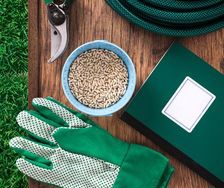
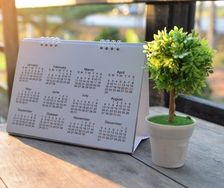
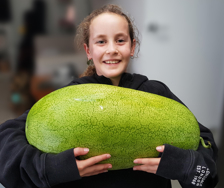
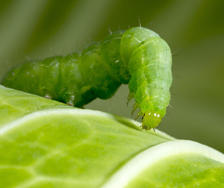


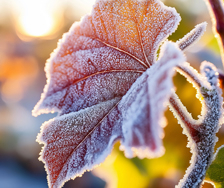
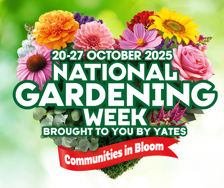
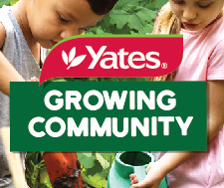
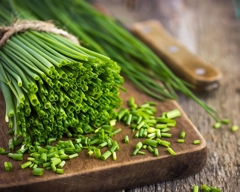

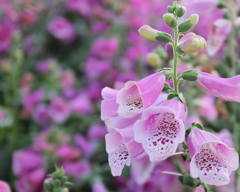
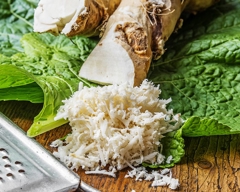
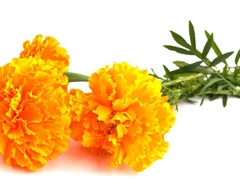








Share
Share this article on social media